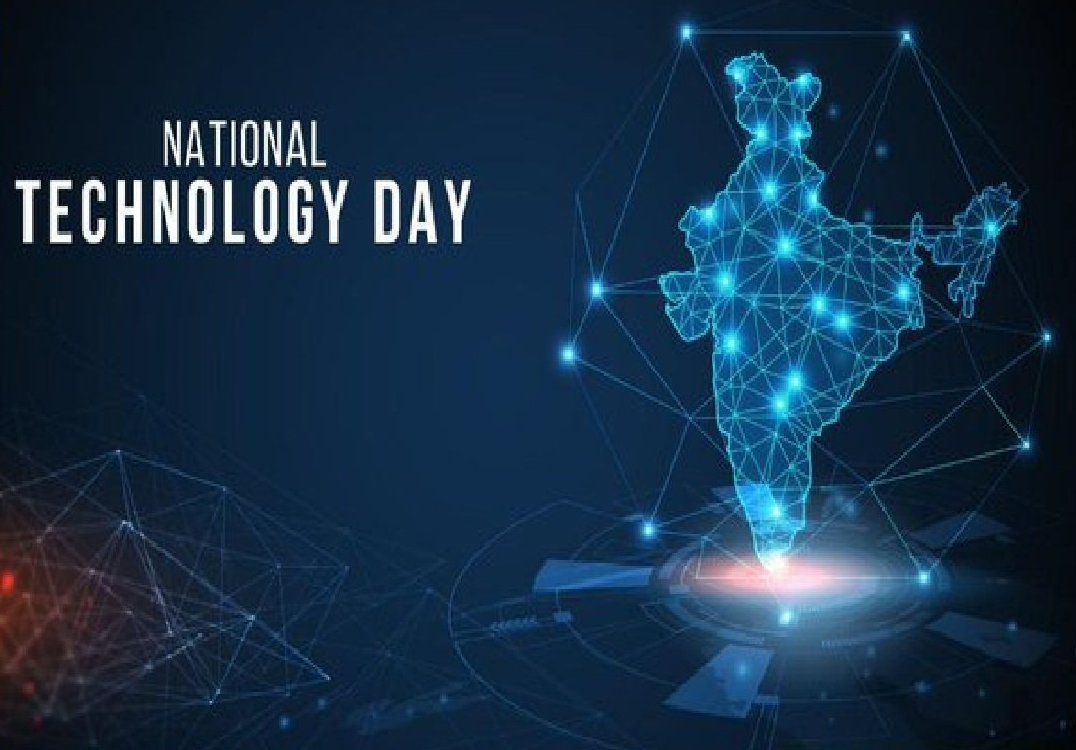Every year on May 11, National Technology Day is celebrated in India to highlight the achievements of engineers and scientists in the field of technology and science. The day acts as a reminder of the country’s technological advancements. It was first observed on May 11, 1999. It aims to commemorate the scientific and technological achievements of Indian scientists and engineers.
National Technology Day holds great importance in remembrance of various contributors in the Indian science and technology arena. It was on this particular day in 1998 that India achieved multiple notable technological progressions. Every year since 1999, the Technology Development Board (TDB) commemorates the day by honouring the technological innovations that have added to the national growth.
Theme of National Technology Day 2021
The Technology Development Board (TDB) every year selects a theme for that year’s event. This year, the theme of the National Technology Day 2021 theme is “Science and Technology for a Sustainable Future”.
History of the National Technology Day
To celebrate the contributions made by Indian scientists, former Indian PM Late Atal Bihari Vajpayee had coined this term. The day of May 11 also saw India conducting its successful test in Pokhran.
On May 11, 1998, India had successfully fired the Shakti-I nuclear missile at an Army test range in Rajasthan’s Pokhran. Two days later, two more nuclear tests were conducted by the country as a part of the same operation, following which India joined the elite club of nuclear power nations, though it has not been recognized by the NPT regime.
The nuclear tests conducted on this day in 1998, which gives National Technology Day 2021 its origin & significance, were helmed by aerospace scientist and former President of India Dr. APJ Abdul Kalam. The mission was carried out by the Indian Army in collaboration with scientists from the Defence Research and Development Organization (DRDO), Bhabha Atomic Research Centre (BARC), Atomic Minerals Directorate for Exploration and Research (AMDER). These tests made India capable of building thermonuclear weapons and fission bombs, and gave India enough data to help develop its weapon programme without having to commit to further nuclear tests.
Additionally, India on this day also tested its first indigenous aircraft ‘Hansa-3’ which flew from Bengaluru. After testing Hansa-3, India had also performed a successful test firing of the Trishul missile on May 11, 1998. It is a short-range missile with a quick reaction time.This missile had added another feather to the cap of the Defence Research and Development Organization which is currently invovled in provision of Oxygen and developing medicines in the wake of the second wave of the Covid19 in India.





